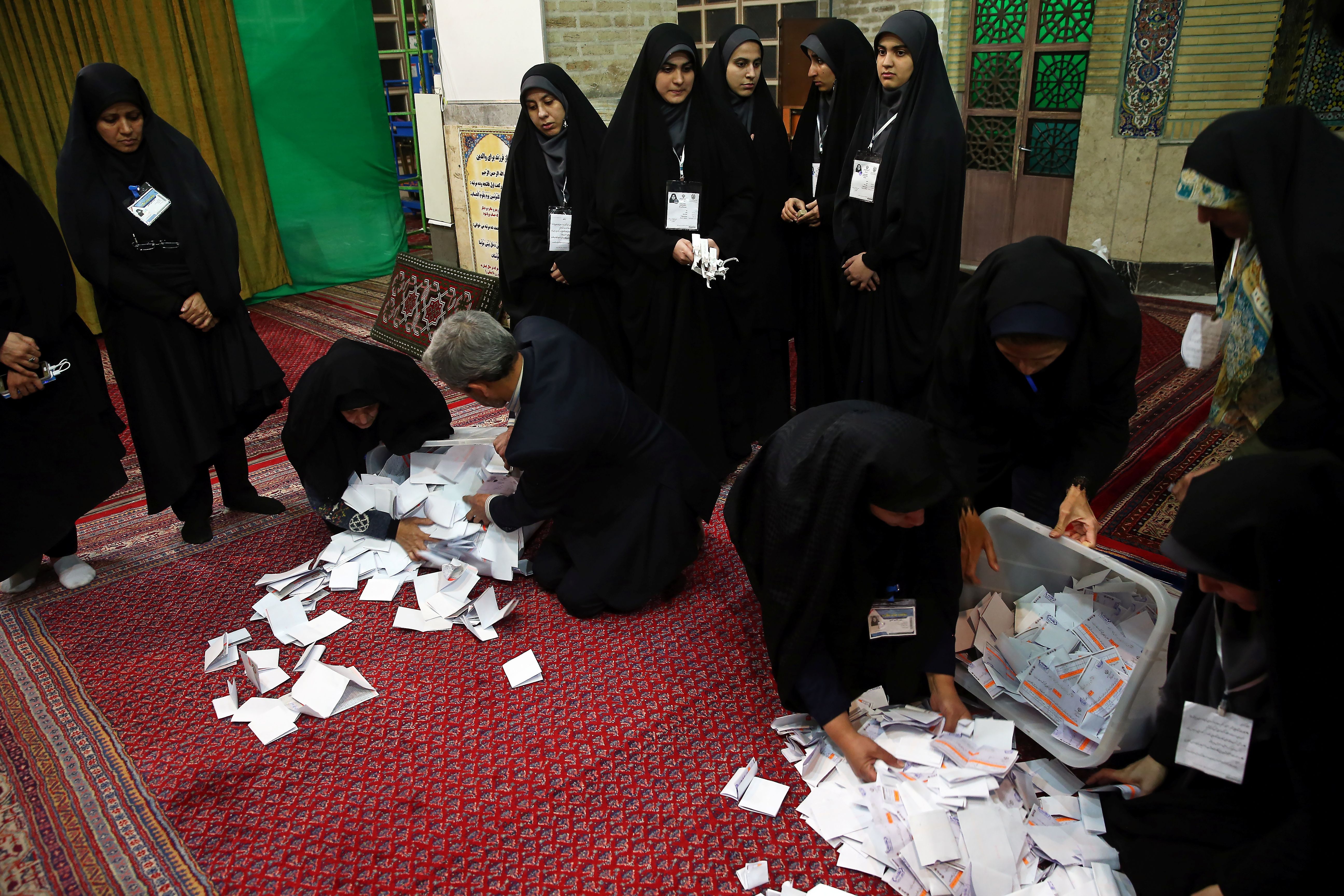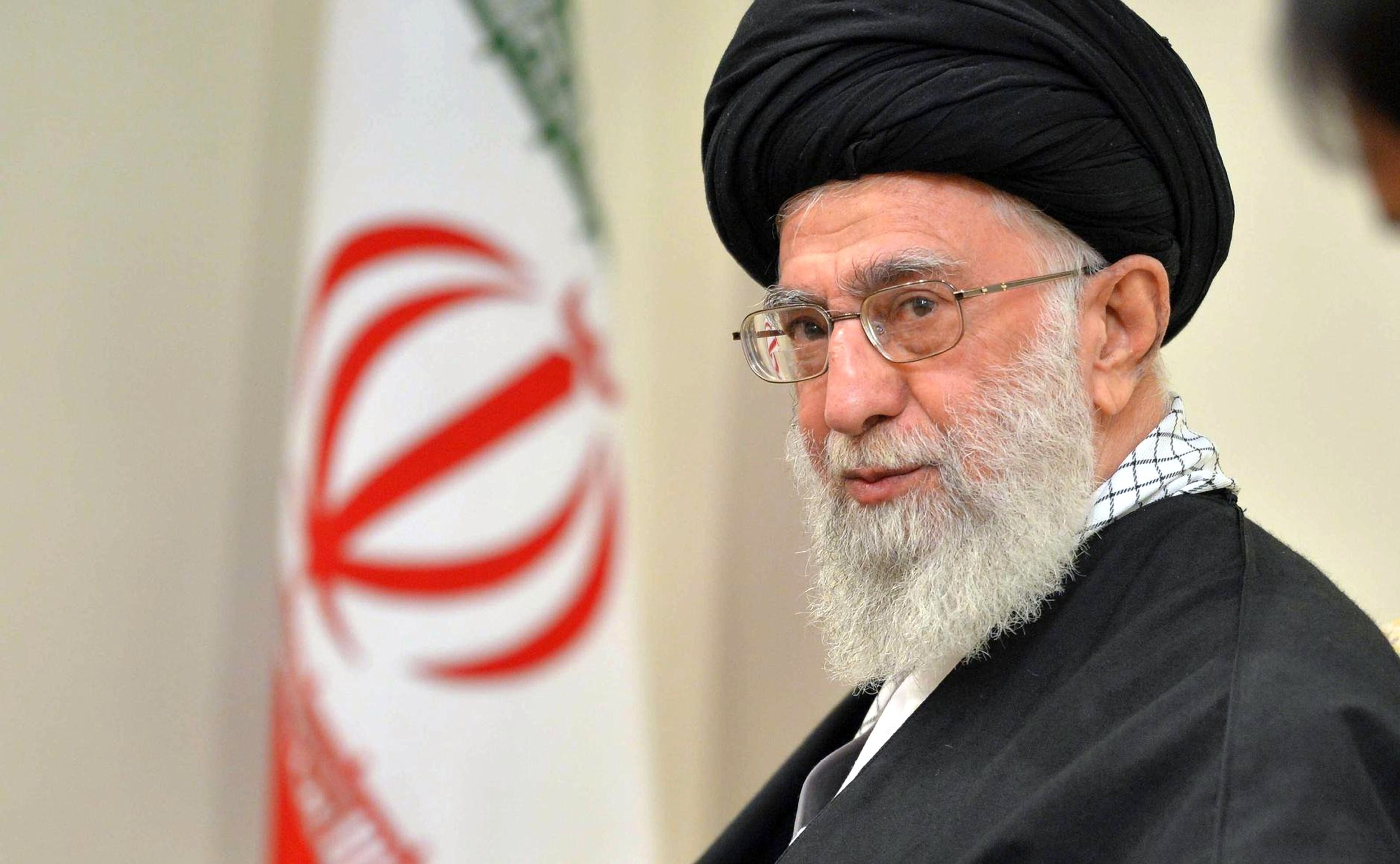The Results and Significance of the Iranian Parliamentary Elections

What function do elections have in Iran?
Since 1979, Iran has been a Shia theocracy in which key and final decisions belong to the Supreme Leader of Iran (Ali Khamenei since 1989) and a few unelected bodies composed of clerics and theologians. Khamenei representatives control all levels of the administration, which is formally headed by a president, elected every four years. Elections are plebiscites and present a façade of pluralism and democracy, purporting legitimacy to the Iranian authorities. This is also the case for elections to the Majles, which has law-making and some executive government-control prerogatives. Turnout in the last parliamentary elections in 2016 was 62% and in the 2017 presidential election, 73%. The low official turnout of 42.5% this time might be overstated and appears to be the public’s vote of no-confidence in the whole political system and governing elite.
What are the official results?
In total, about 16,000 candidates applied but the Guardian Council of the Constitution rejected more than 9,000 of them. The council cited “moral and financial corruption” or “non-loyalty to sovereignty” in excluding all candidates who had in the past expressed even indirect criticism of the system. In the campaign—just six days—all forces loyal to the regime, rooted in the main currents of the Islamic revolution, participated. After their elimination from Iranian politics in 2009, the “Green Movement” and reformists were limited to the centre-technocratic faction of Rowhani and moderate conservatives and hardliners. The differences between these factions and lists are blurred because of the lack of precise formal programmes. As expected, and according to preliminary results, the absolute majority of 219 seats in the Majles were gained by conservative factions.
Is the Majles representative of current public sentiment?
The makeup of the next Majles does not reflect the real level of support for the regime and may provoke further anti-systemic opposition in Iran. The election boycott in the main cites of Iran (in Tehran, official turnout was just 25%) might demonstrate that the younger generation of Iranians is disappointed in the Rowhani administration, which in its time in power has been unable to reform the country, even during the easing of international pressure in 2015-2018. This strata of society is also the main force behind the repeated student protests and the recent marches after the accidental shooting down of a civilian airliner. Higher turnout in rural areas is proof of the effective mobilisation of part of Iranian society around religious and patriotic slogans, as well as social programmes. This might be seen as a chance for further pacification of any protests. However, the protests may recur as there is a lack of forces within the ruling elite capable of political reforms and improving the economic situation.
How might the elections impact Iran’s internal situation?
The Majles has the legislative authority and like democratic systems, it approves the state budget. In practice, however, its decisions cannot go against the will of Khamenei and at best it is a forum for the public struggle between factions and informal groupings. The Majles is dominated by conservative opponents to Rowhani and they will undermine his position and his cabinet, as well as any candidate backed by him in the presidential elections of 2021. The opposition should be expected to seek savings in the state budget in case of a worsening economic situation, but these efforts will be rejected by the conservatives, who will claim to be protecting poorer strata of society. The internal power struggle will escalate in parallel with the upcoming succession of power after Khamenei, who is now 80 years old.
Will the elections affect Iran’s foreign policy?
The Majles has no direct influence over the shape of Iran’s foreign policy or its nuclear programme, the directions of which are determined by Khamenei and the Islamic Revolutionary Guard Corps. The regular Armed Forces and Corps might expect support from conservatives to increase their funding. This would mean continued tensions around Iran, and especially with U.S. allies in the region. If Khamenei decides to restart the military dimension of Iran’s nuclear programme, the Majles might denounce the nuclear deal of 2015 (JCPOA) and nuclear Non-Proliferation treaty (NPT). The conservatives will also support harsher rhetoric against the U.S., Israel, and Arab countries, which will deteriorate the already unfavourable climate for the EU efforts to save the JCPOA nuclear constraints and renew the Iran-U.S. dialogue.





